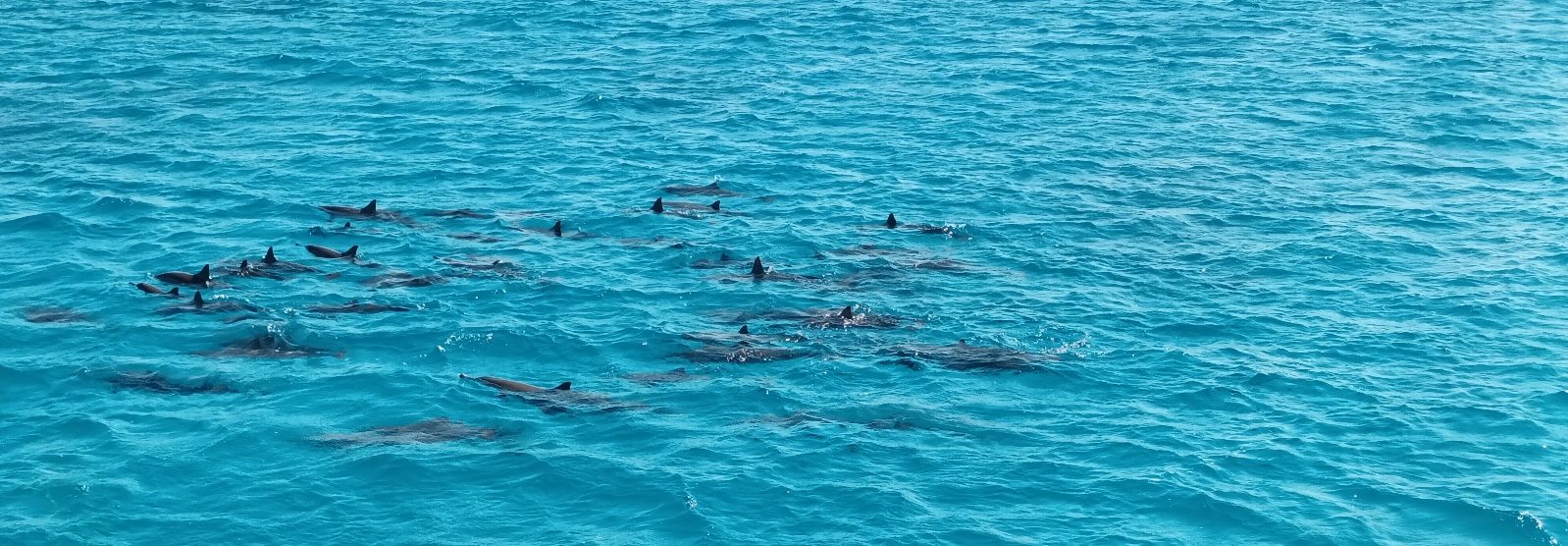The osteopathic practice of Anne-Florence Vanden Perre is mainly based on 4 axes.
It is the body that guides each session towards the most appropriate techniques and how to combine them to relax the person’s body and relieve them of their ailments.
FASCIATHEPY
Fascia is a unique tissue that runs through the body from head to toe. It is related to all the structures that make up our body: bones, muscles, ligaments and joint capsules, aponeuroses, nerves, vessels, organs and viscera including the brain and its appendages.
For many years, osteopathy has addressed fascia and it is only recently that medicine has highlighted and recognized fascia as a unique bodily organ. Fasciatherapy is a gentle but nevertheless profound approach to liberation, both mechanical and psycho-emotional.
Learn more : article Fascia
VISCERAL OSTEOPATHY
Our organs and viscera are connected to each other, connected to the bones by ligaments and in a privileged link with certain muscles. The so-called visceral techniques aim to restore mobility to the different structures between them and restore the sliding of the organs and viscera between them and on neighboring tissues. This approach makes it possible to considerably improve functional digestive, cardio-respiratory, urinary and gynecological disorders.
CRANIO-SACRAL OSTEOPATHY
The skull-vertebral column-sacrum-coccyx axis is traversed by the circulation of cerebrospinal fluid. This liquid is animated by a rhythm called ‘primary respiratory movement’. Craniosacral osteopathy reharmonizes the fluctuation of this primordial fluid hampered by trauma, diseases (viral and bacterial) as well as stress in all its other forms. It is a gentle and liberating technique.
This approach has existed since the beginning of osteopathy (end of the 19th century) and we owe it to W.G. Sutherland.
BIODYNAMIC OSTEOPATHY
This is a more recent approach that we owe to James Jealous (although some attribute it directly to WG Sutherland). Seen from the outside, there are many similarities with craniosacral osteopathy. It is in the subtlety of the balance point called fulcrum that the originality, precision and beauty of this approach are found.
Osteopathy is an art, a science and an unconventional medicine recognized differently depending on the country in the world.
In the USA, doctors are trained in osteopathy in their medical curriculum. 5% choose to associate osteopathy with their medical practice. In Great Britain, osteopaths are authorized to prescribe certain clinical and radiological examinations. In Belgium, osteopathy studies are long-term university studies. Once qualified, the osteopath continues his continuing education.
Anne-Florence Vanden Perre D.O., chose the cranio-sacral, visceral and fascial orientations mainly.
Osteopathy is recognized by complementary mutual insurance and by numerous insurance companies.
Reimbursement varies depending on the organizations and contribution choices.
Anne -Florence Vanden Perre graduated from the ULB-VUB Osteopathy school in 2000. Private consultation since 2000.
Make an appointement : vandenperre.osteo@gmail.com – +32 495 52 47 61
Osteopathy addresses functional disorders. It does not replace medical treatments. It can be complementary. Ask your doctor for advice.
